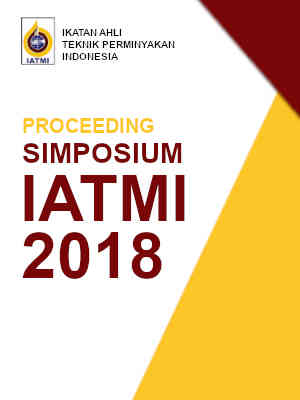Waterflood Forecast Using Capacitance Resistance Models (CRM)
Keywords:
Forecast, Pilot WaterfloodAbstract
Quick evaluation of reservoir performance is one of the main concern in decision making. Time consuming data preparation and processing, and data uncertainty (geological, petrophysical, reservoir engineering) limit the use of numerical simulators in addition to long term response for reservoir management. Effective reservoir management needs quick action regarding injected fluid distribution to improve areal and vertical sweep efficiency during secondary and tertiary recovery processes. Therefore, simpler methods that provide quick results to complement or substitute reservoir simulation are important for reservoir monitoring and management. Capacitance Resistance Model (CRM) is one proven method to address the above challenges. The CRM model is based on the hypothesis that reservoir performance can be inferred from analyzing production and injection data and a simplified analytic model structure. CRM is an input-output and material balance based model that use continuity equation to quantify the connectivity among injector and producer wells, time constant and productivity indices.
In this study, a CRM model was generated to build a forecasting waterflood model by to matching historic production and injection data. After history matching, the model can be used to: (1) effectively forecast oil and water production, (2) evaluate reservoir and production-injection data uncertainties, and (3) optimize injection settings to improve oil recovery factor.
CRM was applied to forecast the pilot waterflood Field N with 4 wells injectors and 8 production wells, the Field N began to produce from 1957 with the number of wells are 67 wells, gross production reached 16.990 blpd and oil 5.592 BOPD result history matching and forecasting obtained very good.



